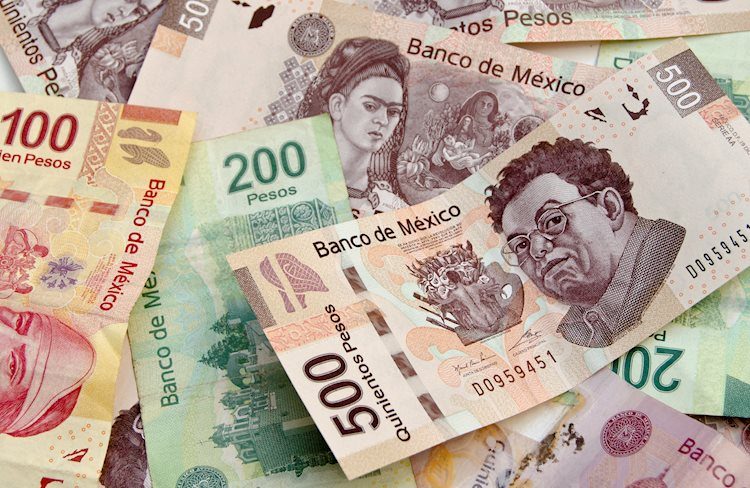The Mexican Peso saw an increase in value against the US Dollar following a strong US Nonfarm Payrolls data report for September that surpassed estimates. While Mexico’s data showed an uptick in unemployment, the Automobile Exports and Production increased in September. The US Unemployment Rate also edged lower, easing recession fears. The Federal Reserve is expected to cut rates by 25 basis points in the upcoming meetings.
Market participants appear confident in President Claudia Sheinbaum’s government being “market-friendly” despite controversial measures. The USD/MXN trades at 19.17, down 0.83%, as Wall Street rallied after the US Nonfarm Payrolls data report. The boost in sentiment comes as the Unemployment Rate in the US decreased, which was a relief for the Federal Reserve, which had previously slashed rates by 50 basis points in September due to employment risks. This caused the Greenback to rise against most G8 FX peers but not against the Peso.
Traders have reduced the chances of a 50 bps rate cut by the Fed in November, estimating a 25 bps cut in the subsequent four meetings. Chicago Fed President Austan Goolsbee mentioned that more positive reports like this one will increase confidence in reaching full employment. In Mexico, the jobs report showed an increase in the Unemployment Rate during August, while Automobile Exports and Production saw a rise in September.
The Auto Production and Exports in Mexico increased in September, with Production climbing by 11.71% and Exports growing by 4.8%. Mexico’s Jobless Rate in August was at 3%, slightly higher than July. The US Nonfarm Payrolls grew by 254K in September, exceeding estimates of 140K. Banxico’s survey revealed lower inflation expectations and projected the USD/MXN exchange rate to end at 19.69. Mexico’s economy is expected to grow by 1.45% in 2024.
The USD/MXN technical outlook suggests a downtrend as the pair cleared the 50-day Simple Moving Average and the Relative Strength Index turned bearish. The path of least resistance for the exotic pair is tilted downwards, with support levels at 19.23 and 19.06. For a bullish resumption, the USD/MXN would need to surpass levels at 19.50 and 19.82.
The Mexican Peso (MXN) is influenced by various factors such as the country’s economy, central bank policy, foreign investment, and remittances from abroad. The main objective of Mexico’s central bank, Banxico, is to maintain low and stable inflation levels through interest rate adjustments. Macroeconomic data releases play a crucial role in assessing the economy and impact the MXN valuation. As an emerging-market currency, the MXN tends to perform well during risk-on periods and weaken during market turbulence.











